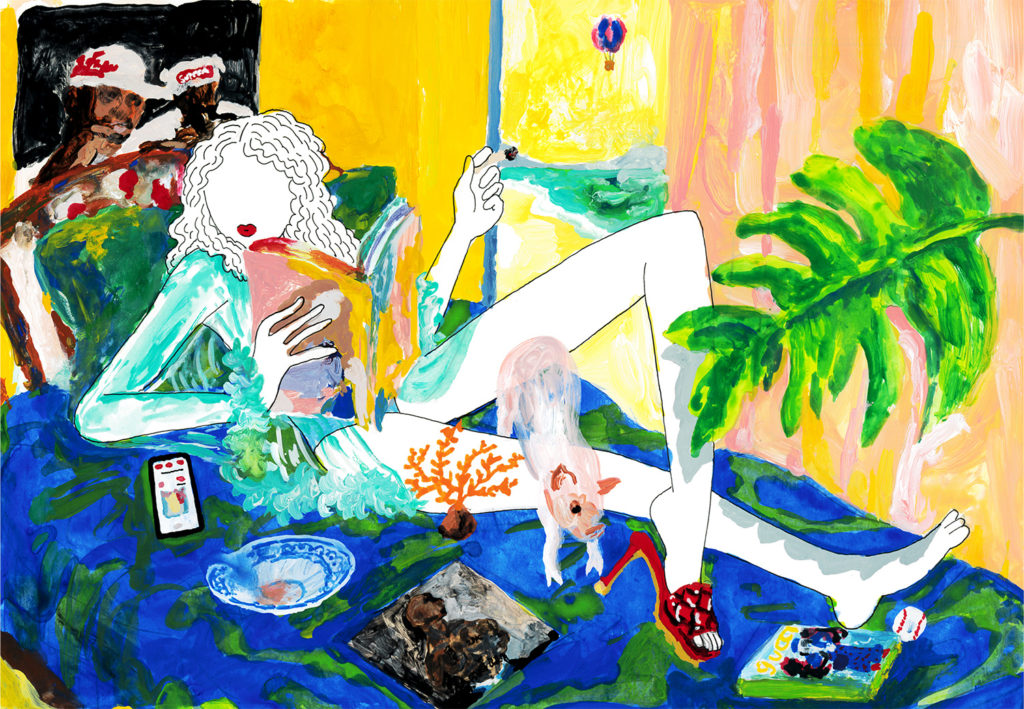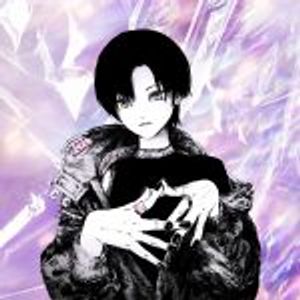When we look at the relationship between music and fashion, as well as the relationship between fashion trends and youth culture, we get a clearer understanding of the times we live in. In this series, Tsuya-chan, the writer behind the article “2010s Analysis: A Look at Trap Music, Fashion Trends, and More,” analyzes current cultural events by examining contemporary music, with a focus on Japanese hip hop.
In this first installment, Tsuya-chan talks about “Versace,” a song by Atlanta hip-hop group Migos that had a huge impact on the local scene here in Japan. What is it about Versace and Migos that’s so captivating?
In this series, I talk about contemporary Japanese music, its relation to fashion, and what the two represent. At the center of contemporary Japanese music lies rap, a genre still heavily influenced by the US (although some note its influence is waning). Within Japanese rap, current trends can be traced back to Migos’ song “Versace.” When Migos released “Versace” in July of 2013, it sent shockwaves through hip hop. It established the triplet flow, catching the attention of the world. And for better or for worse, rap songs that followed would become infected with a Migos-like sound.
At the time “Versace” was released in 2013, there were other fashion brands popular amongst young people. Balmain pants were flying off the shelves; in theory, the lyrics could have “Balmain Balmain Balmain.” Or, the lyrics could have included Gucci, the only other luxury brand as popular among rappers. But the combination of the three syllables and the “ce” in “Versace” are essential to the song, adding to its strangely catchy superficiality and crudeness. Versace was the only brand that could have worked in the song, so for Versace to be a part of this story was inevitable.
In other words, this movement not only involved Migos, but also Versace. Migos and Versace, both skilled at striking a chord with people, would later go on to formally bring their talents together on the Chain Reaction sneaker collaboration. But here’s what makes these two so amazing: Both Migos and Versace creations’ affect people on a visceral level, which ultimately has the power to hypnotize.
Donatella Versace’s struggle with cocaine addiction in the early 2000s and her subsequent resurgence in the 2010s is still fresh in many people’s minds. Versace had temporarily fell out of popularity in the early 2000s, a time when minimalist trends became mainstream. But since the mid-2010s, Donatella has made a comeback, trying her hand at sporty, genderless, and various other styles that aligned with the luxury streetwear trend. With the success of the Milan collection and an increase in sales, the brand became more successful, ultimately paying off in the form of an acquisition by Michael Kors. While it’s hard to say whether this is good or bad, it’s safe to say that Versace recovered its status from the Gianni Versace era, even establishing a new level of popularity. And Donatella’s efforts in the last decade were evident. In the 2015-16 AW collection, for example, both the women’s and men’s collections kept the “Versace-ness” of the brand to a minimum. Still, it managed to keep its iconic bold prints, body-conscious silhouettes emphasizing the shoulders, and a little too on-the-nose but luxurious style.
It is Donatella’s commitment to creating something cliché, using all of her effort and skills, that is so amazing. At that point, the work becomes powerful, something that cannot merely be dismissed as cliché. Instead, we become captivated, unable to resist our instincts to look. It’s like the Medusa of Versace’s logo: We want to turn away from the ugly, snake-infested hair, but we also can’t help but stare into her eyes. Versace is the pursuit of an inexplicable instinct which is drawn to the cliché, an instinct that paralyzes people. Versace is like the Medusa herself.
Similarly, it seems fitting that Migos’ music is part of a genre called “trap,” a slang word for a place in which drugs are sold. With its addictive sound, the 808 beats of trap music deliver pleasure to the deepest regions of our brains. And in the mumble rap trend derived from Migos, words are used more as parts of the instrumental than the lyrics, putting us in a trance-like state and shocking the system.
Migos rhymes, “Versace, Versace/Medusa head on me like I’m ‘luminati.” Together, Versace and Migos appealed to people’s deepest instincts, leaving people transfixed. From the US to Japan, people were infected by their addictive quality. Indeed, in Japan, it’s as if people have been hypnotized, unable to wake up. A shockwave sent by music and fashion. In the next article, we analyze in more detail the lasting effects this has had on Japan.
Illustration AUTO MOAI


